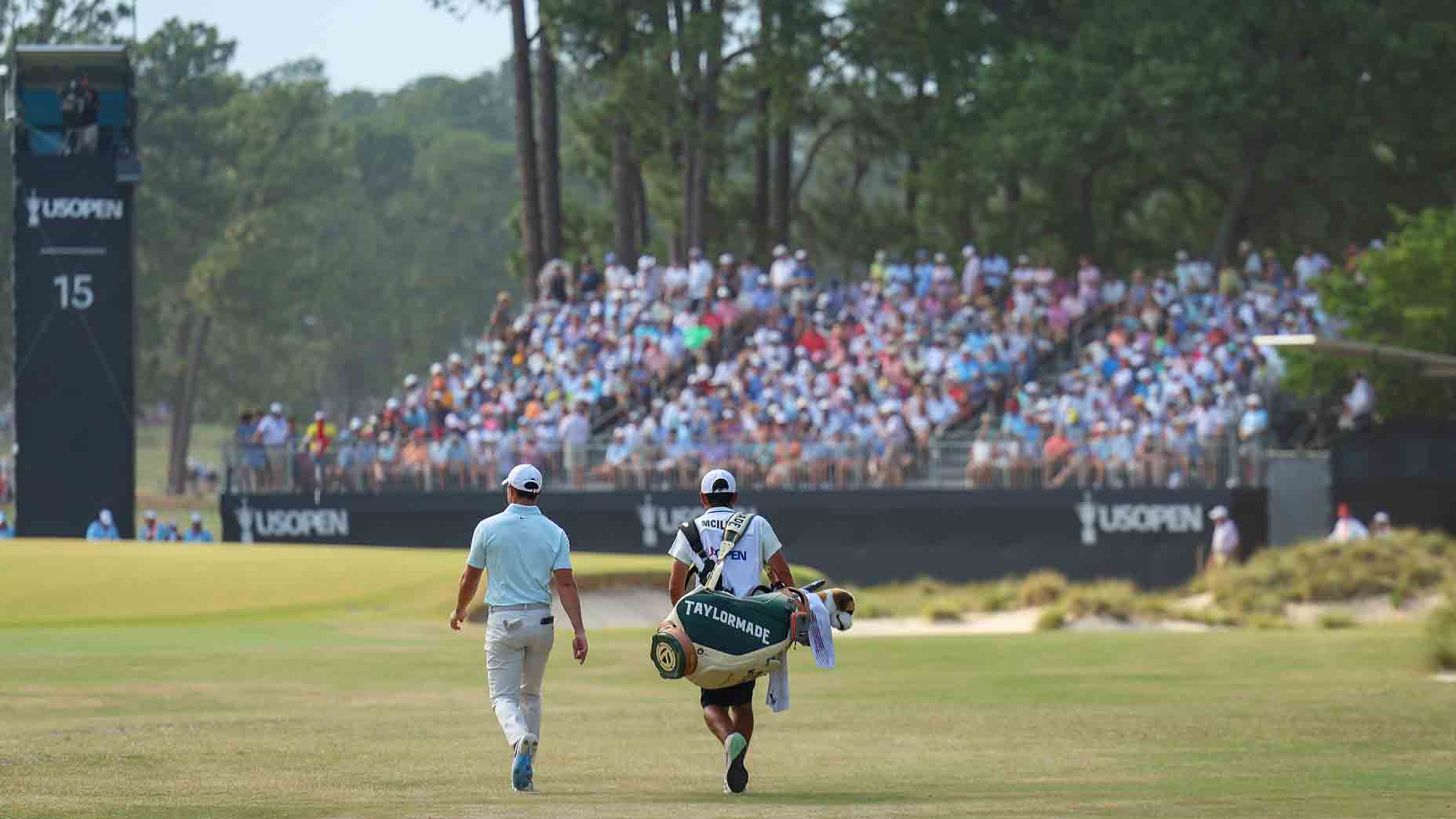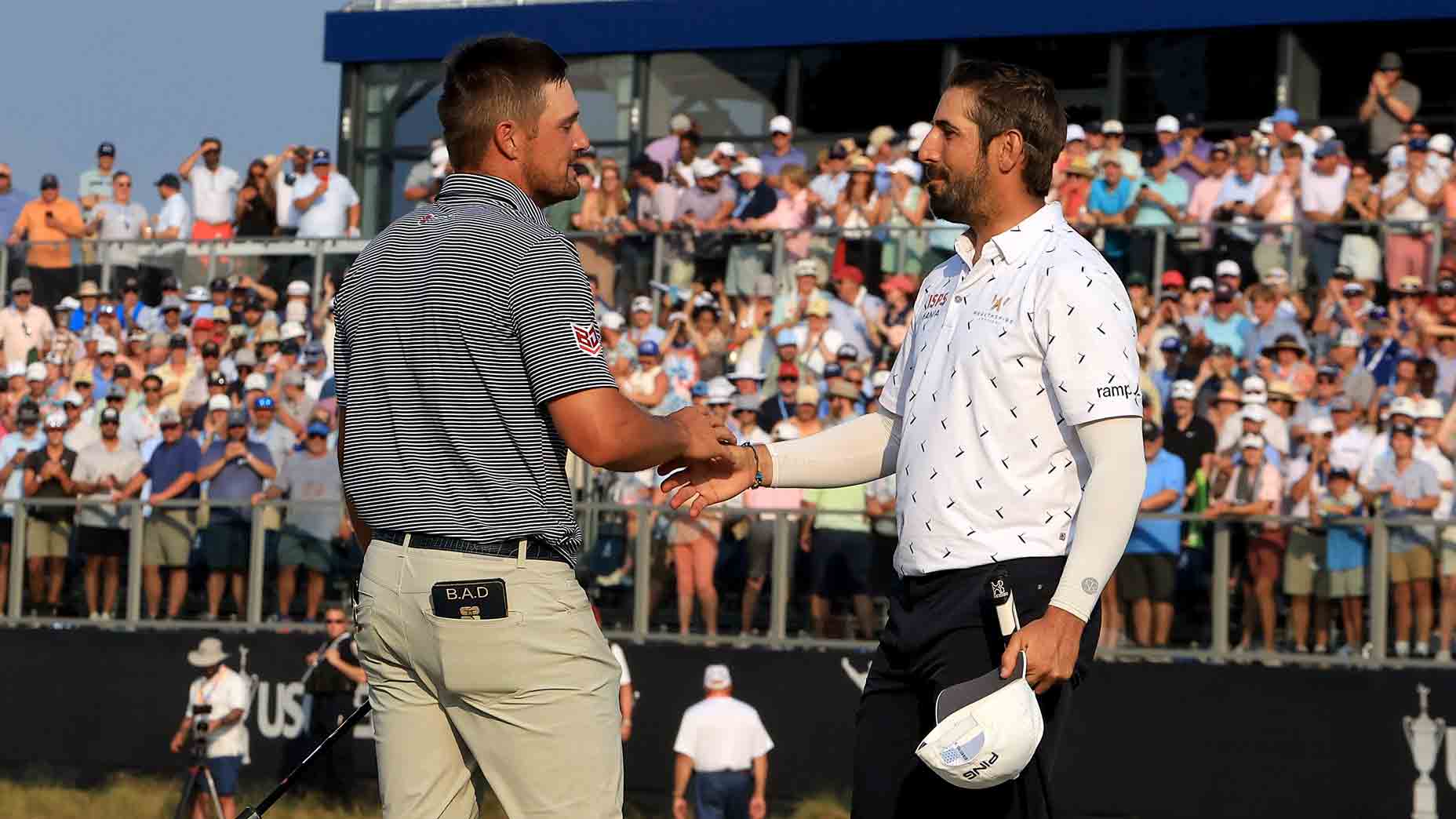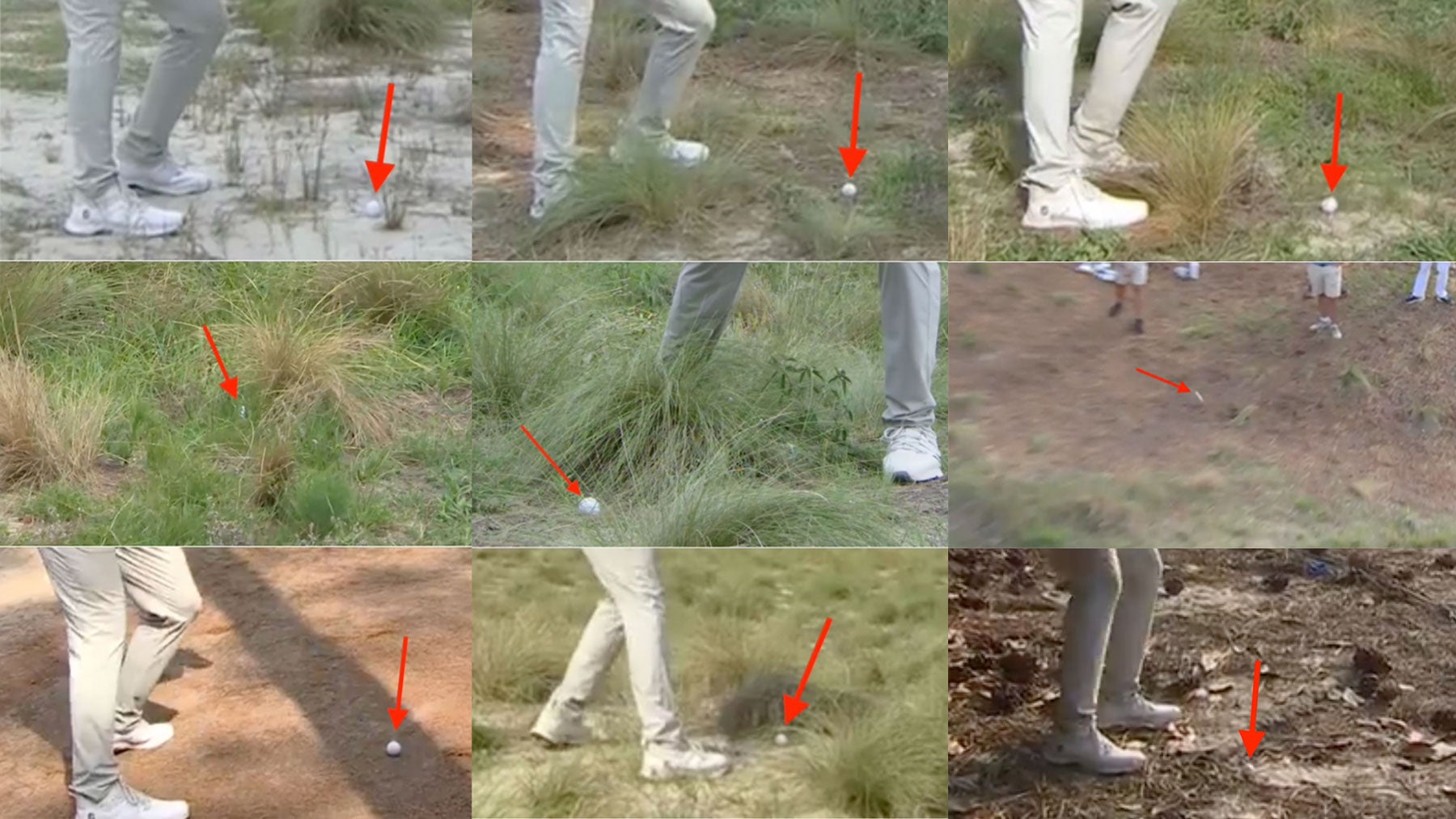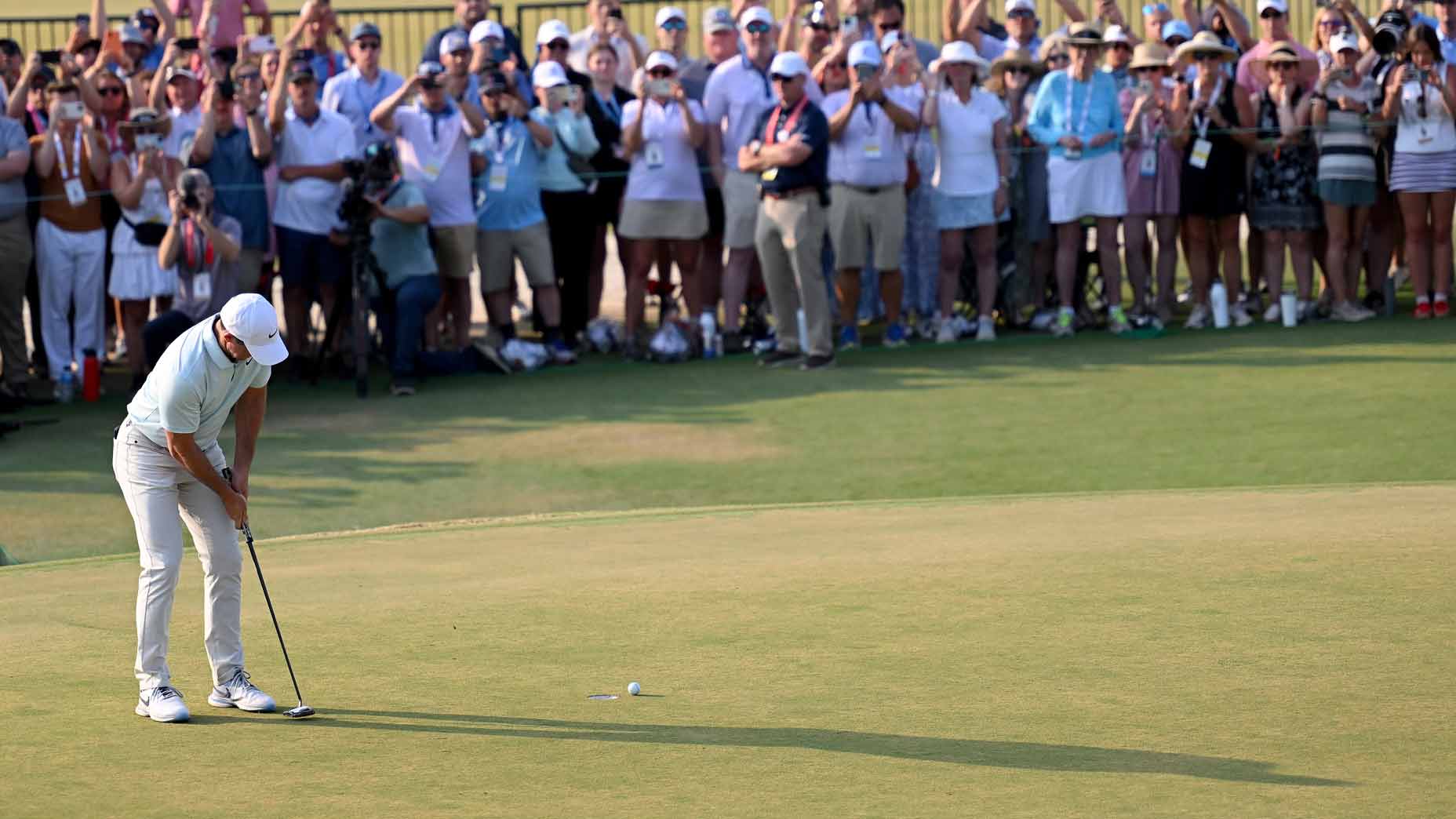The 5 scariest shots at Los Angeles Country Club, according to a single-digit handicap
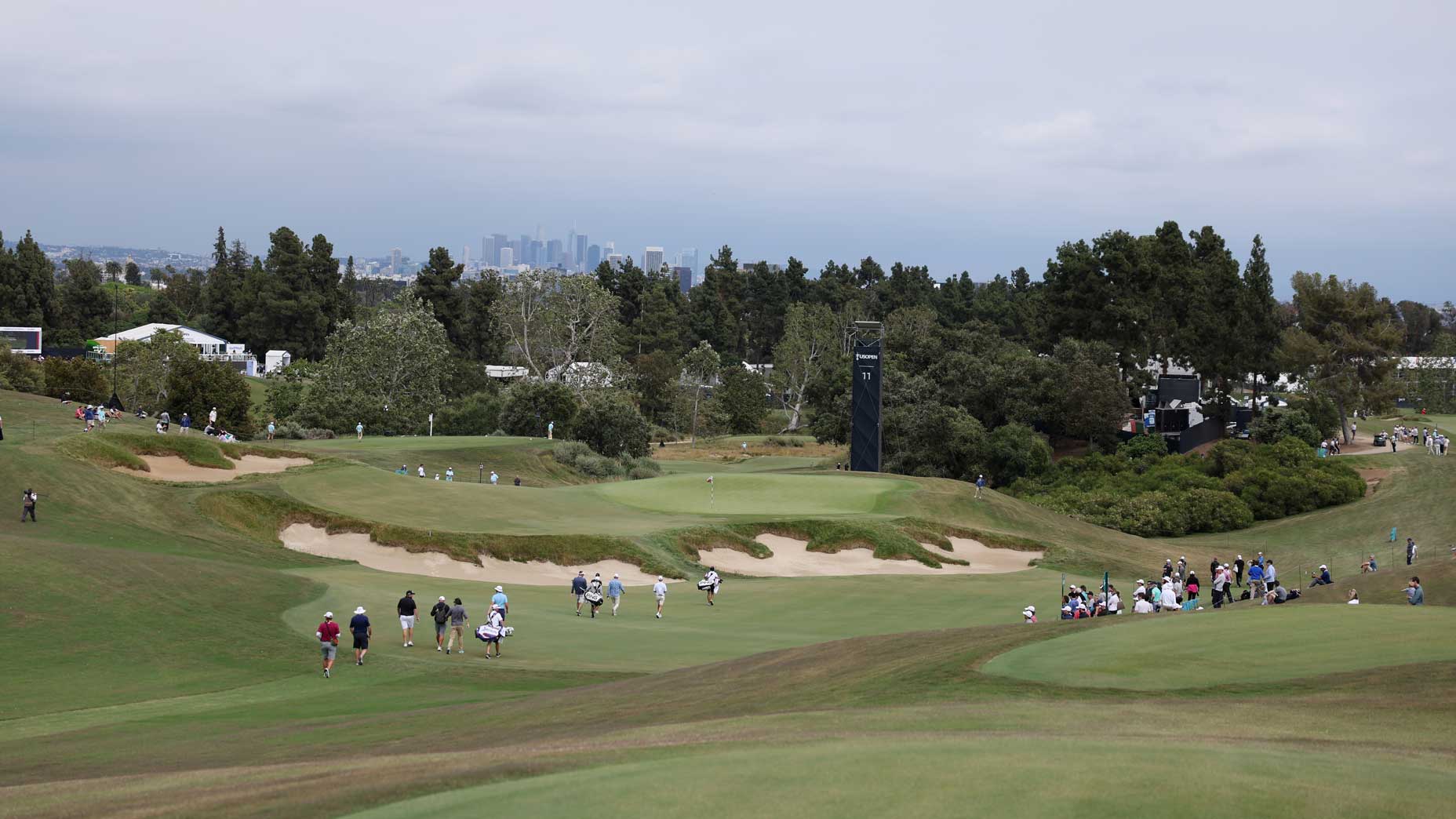
I recently got the chance to play at the host site of this year's U.S. Open, Los Angeles Country Club. Here are the scariest shots I faced.
Getty Images
There are some courses that just get your juices flowing more than others. They’re the kinds you dream about playing when you fall asleep. They litter Top 100 lists and give you bragging rights for life just for hitting a shot on property.
Los Angeles Country Club is one such course. Ranked No. 10 on GOLF’s Top 100 Courses in the U.S. list, LACC’s North Course is one of the best designs in the country. George Thomas’ classic design sits in the heart of LA, and with some help from Gil Hanse, the course is considered one of the best urban designs in the world.
As one of my well-traveled coworkers told me, “It’s epic.”
When I got the nod to go out and play LACC for a U.S. Open preview, I got butterflies. Not only because I’d get to play one of the most exclusive courses in America, but also out of fear for some of the shots I’d face. While the course was a joy to play, it’s also a bruiser. I might carry a handicap in the low single digits, but I knew I had to bring my A game.
Here are the five scariest shots I faced out at this year’s U.S. Open host site.
Approach shot on No. 6
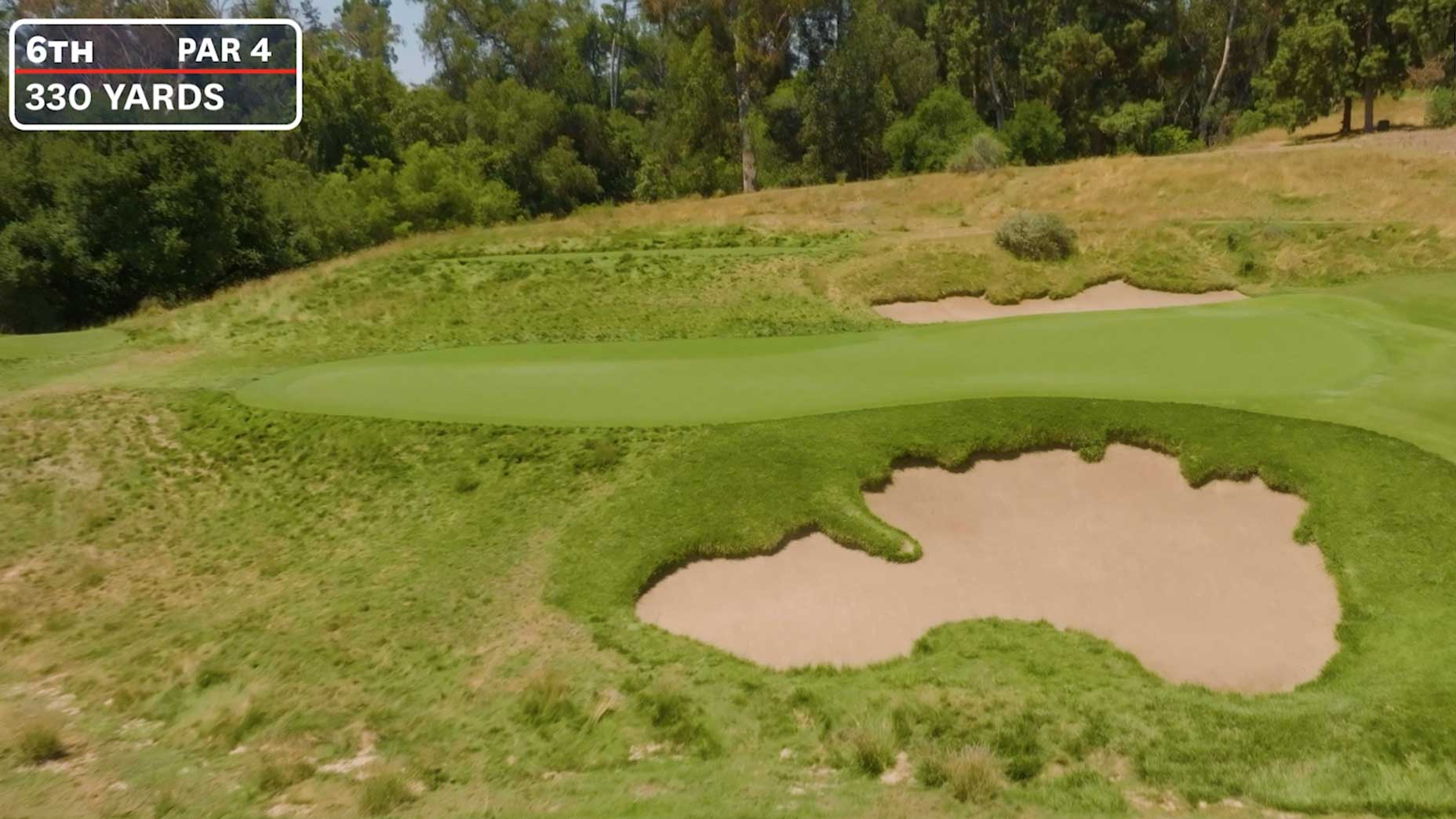
If you’ve paid any attention so far this week, you’ve likely heard about the short par-4 6th. It measures just 330 yards from the pro tees, but make no mistake, you can make a big number here if you’re not careful.
The tee shot is relatively straightforward if you opt to lay up. All you need to do is pound a long iron or fairway wood down the hill to a fairway that funnels to the landing area. If you hit the shot correctly, you’re left with just a wedge in your hand. But don’t be fooled, this shot is still scary.
Once you get a look at the green, you understand why this hole is no pushover. The green is the shallowest on the course, and the front and back side are guarded by bunkers. The green slopes from back to front, so going long is a recipe for disaster. But if you get too cute and leave it a bit short, you’ll find yourself in a deep sand trap beneath the level of the green. You have to be precise with this shot or else your birdie chance can turn into a bogey (or worse) in a hurry.
Having a wedge in your hand on a par-4 is normally a good thing, but it’s no guaranteed par with this tricky approach shot.
Second shot on No. 8
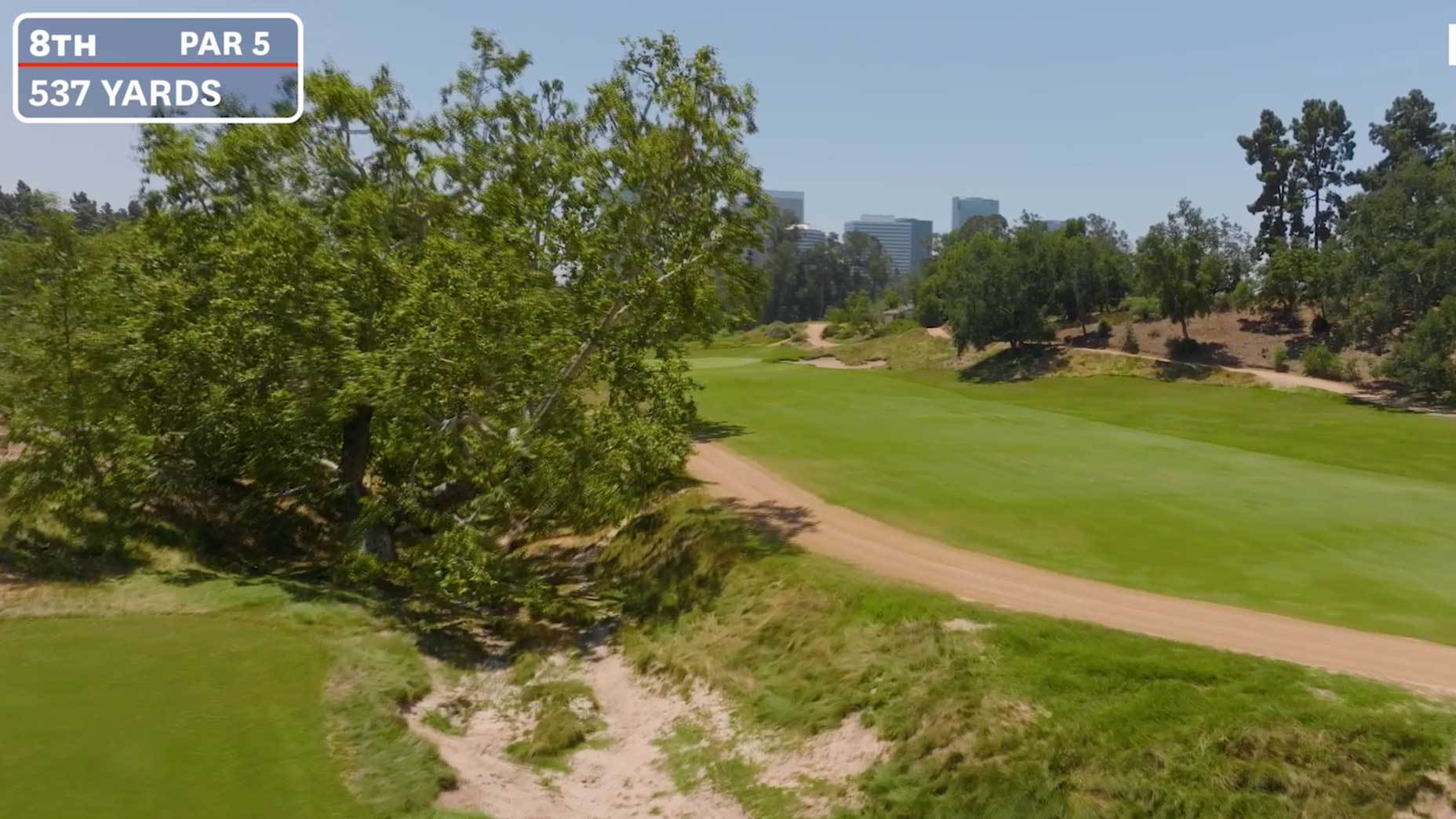
The 8th hole is the shortest par-5 on the course, measuring at just 537 yards, but it forces you to hit your spots to stay away from the trouble. The tee shot is relatively simple, as you can hit less than driver off a slope on the left side that carries the ball down to a flat area. But the second shot is what made me uneasy.
Usually laying up on a par-5 is fairly routine, but not with this shot. A barranca bisects segments of the fairway diagonally toward the green and trees on either side form a chute you have to hit through. If you have the firepower, you can try to take it up and over the trees on the left to hit the green in two, but if you tug it a touch, you’ll find yourself in a hazard.
For shorter players, you must play around the trees to a fairway with an awkward angle. Hit it too short and you’ll have a lengthy shot into the green. But if you hit to too far — or without enough right-to-left movement — your ball will end up in the thick rough on the opposite side of the fairway.
This shot forces quite a bit of thinking, and if you fail to execute, it takes away a precious birdie opportunity.
Tee shot on No. 11
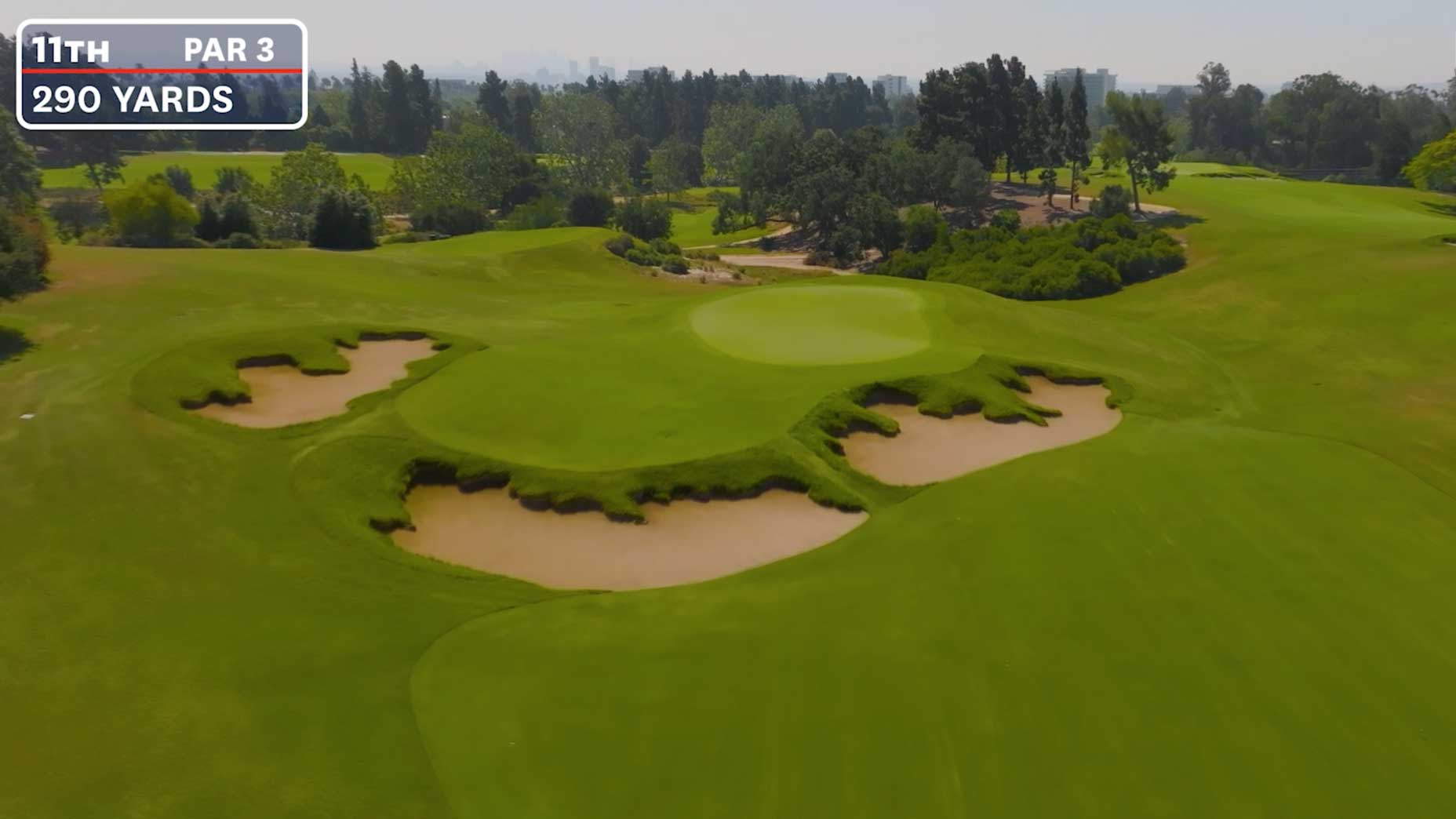
The nearly 300-yard par-3 11th hole is an absolute beast. It plays down the hill toward the LA skyline and has plenty of trouble guarding the putting surface.
Short and left of the green is a sloped landing area that lets players bounce the ball short and run it up, but if you go too far left or short, you’ll end up in deep bunkers. Right is no good either with a sharp drop off to the rough. And since most players will hit long irons or woods, and this hole plays even tougher.
It’s never fun to make bogeys, but on this hole, 4 is not a terrible score.
Tee shot on No. 12

Blind shots are always a bit uncomfortable, and the tee shot on No. 12 fits the bill. From the tee box, you can see trees poking up from either side of the fairway and not much else. The only aim point players have is a rock in the ground at the top of the hill.
It’s absolutely crucial that you take your tee shot directly over that rock. If you don’t, your approach will be brutal. If you tug your shot left, the trees lining the fairway will block out any look at the green. And if you push it to the right, you’ll be left with a long shot into a green heavily fortified by bunkers.
There are quite a few awkward tee shots at LACC, but the blind shot at the 13th presents a unique challenge — especially once you realize the penalty for missing this fairway.
Any shot around the bunkers

True to form for a U.S. Open test, the rough around the bunkers is thick. The long grass is always a talking point at U.S. Opens, but the rough around the bunkers might be the most difficult to escape.
Instead of mowing down the edges of the bunkers so balls collect in the sand, the USGA opted to grow the shaggy stuff to the max. If your ball goes near a bunker, it won’t just roll in. And the shot you’re left with is much more dire.
With long grass on the edges, balls will be stuck in awkward positions surrounding the sand. You’re rarely afforded a normal stance on these shots, and just getting the club on the ball is a challenge. Once you get in these positions, the best you can hope for is to take a hack and get it somewhere on the putting surface.
It’s not often you want your ball in the sand, but when balls fly near these bunkers, you’ll beg for it to end up in the sand. The alternative is much more difficult.





